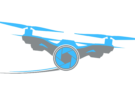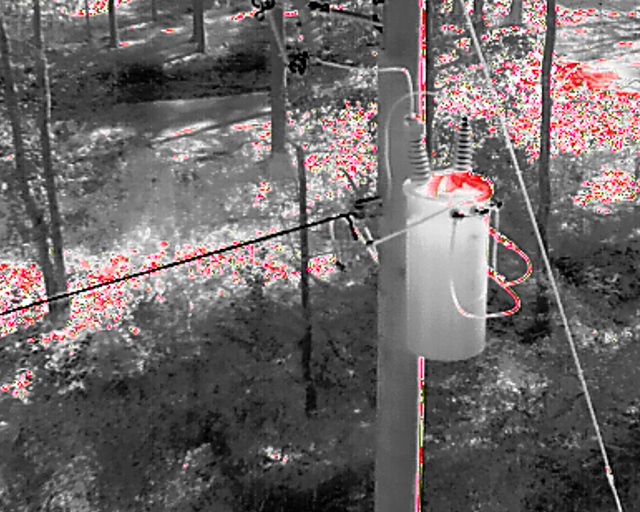
Drone Inspections Services
For industries requiring frequent equipment, structure, and site inspections to meet safety and regulatory standards, where accessibility and safety are paramount concerns, drone inspections offer an excellent solution. Our team of skilled and licensed pilots specializes in conducting drone inspections, enhancing worksite safety while maintaining the meticulous attention to detail necessary for proper equipment and structure maintenance.
Cell Phone Towers & Power Lines
Identifying vulnerabilities in the transmission and distribution network is crucial for preemptive maintenance.
Drones outfitted with thermal imaging technology can efficiently pinpoint problem areas, helping prevent breakdowns and fires before they occur, thereby ensuring the network's reliability and safety.
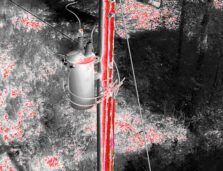
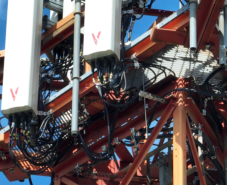
Solar Panel Inspection
Inefficient manual or neglected solar panel inspections may result in missed opportunities for maximizing energy output.
Drones offer a swift solution for thorough solar panel inspections, enabling quick identification of potential issues such as hot spots, ultimately benefiting panel owners by ensuring optimal performance and energy generation.
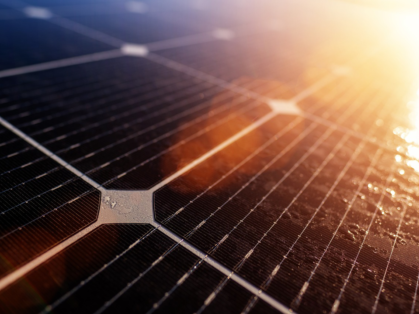
Benefits of Transmission & Distribution Drone Inspection
- Efficient Deployment
- Cost and Time Saving
- Enhanced Repair Rates
- Advanced Inspection and Detection Capabilities
- Detection of Right-of-Way Encroachments
- Accumulation of Historical Data for Future Reference
- Accurate Fault Identification
- Conducts Line Sag Measurements
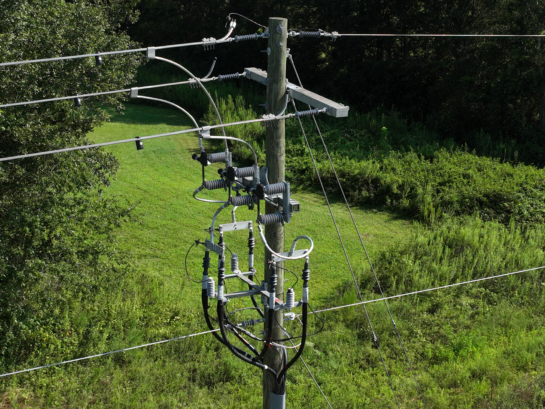
Utilizing Unmanned Aerial Vehicles (UAVs) for Industrial Inspections
Visual inspections are indispensable across diverse industries, spanning from industrial HVAC systems to the summits of cell phone towers.
The presence of a skilled, certified inspector with a keen eye for detail is paramount in maintaining operational integrity.
Their expertise aids in identifying potential issues, thereby averting accidents and disasters stemming from equipment deterioration or aging.
Often, inspections are mandated for hazardous or hard-to-access areas, such as within boilers or beneath and atop bridges, necessitating specialized safety measures and an onsite team in case of emergencies.
Rather than grappling with the complexities of manned inspections, employing drones offers a solution.
These unmanned aerial vehicles provide remote, comprehensive 360-degree assessments, subsequently honing in on specific areas for detailed examination (e.g., scrutinizing the exterior of a support beam or concrete pour for signs of movement, cracks, or other concerns). Subsequently, an inspector can meticulously analyze the gathered data with thoroughness and precision.
Why Choose Drone Inspections for Your Project
Safety
The primary driver is safety.
Inspectors frequently encounter perilous conditions, such as scaling great heights where a fall could be fatal or navigating confined spaces, to conduct step-by-step visual inspections.
Drones mitigate these risks by remotely accessing challenging locations and evaluating structural integrity.
Should repairs or physical maintenance be necessary, inspectors can assess whether it's safe to proceed with manual intervention or if additional equipment is required.
Improved Documentation
Drone footage serves to track changes in a structure or equipment over time.
For instance, in cases where there's a concern like a crack in cement that doesn't necessitate immediate repair but requires ongoing monitoring, comparing previous and current data can reveal any growth or alterations in the crack.
This proactive approach not only aids in identifying potential issues early but also helps minimize liability in case of accidents or problems with previously inspected equipment or items.
Visual Inspections
Visual inspection is not always sufficient for comprehensive assessments.
Drone imaging offers additional perspectives such as thermal, multi-spectral, and topographical views, facilitating advanced inspection tasks.
Drones outfitted with thermal imaging cameras can identify temperature variations, signaling potential surface degradation, cracks, or other flaws that may not be discernible through visual inspection alone.
Fast Results
From inception to completion, drone aerial imaging facilitates project management by ensuring projects adhere to schedules and budgets throughout their lifecycle.
In addition to identifying potential issues before they escalate into hazards or delays, drone inspections streamline compliance documentation and reporting requirements for projects.
For civil construction professionals, drones serve as a valuable asset in their toolkit when conducting inspections. Leveraging drones in industrial inspections not only results in cost savings but also enhances worker safety and expedites projects to a secure conclusion.
Reducing Costs
Drone inspection proves to be a more cost-effective alternative compared to employing ground crews or traditional aviation methods, such as helicopter surveys.
The majority of inspections conclude without necessitating further action, making the reduction of costly equipment usage, such as constructing unnecessary scaffolding that entails hours and thousands of dollars in labor costs, a significant source of savings amounting to tens or hundreds of thousands of dollars annually.
Furthermore, mitigating the need to work in hazardous conditions can lead to decreased liability insurance expenses.
In addition to the outgoing costs associated with labor, safety equipment like scaffolding, and insurance, it's essential to consider the expenses incurred due to downtime resulting from equipment shutdown before inspections.
Leveraging drones enables swift inspections, thereby minimizing downtime and the consequent financial implications.
Drone Services for All Industries
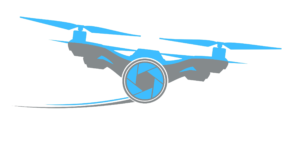
EVC Drone Solutions
Copyright © 2024 EVC Drone Solutions, LLC . All Rights Reserved.
